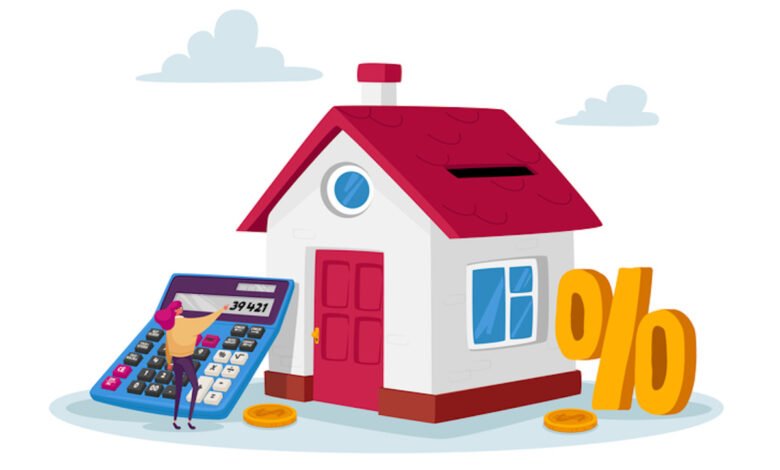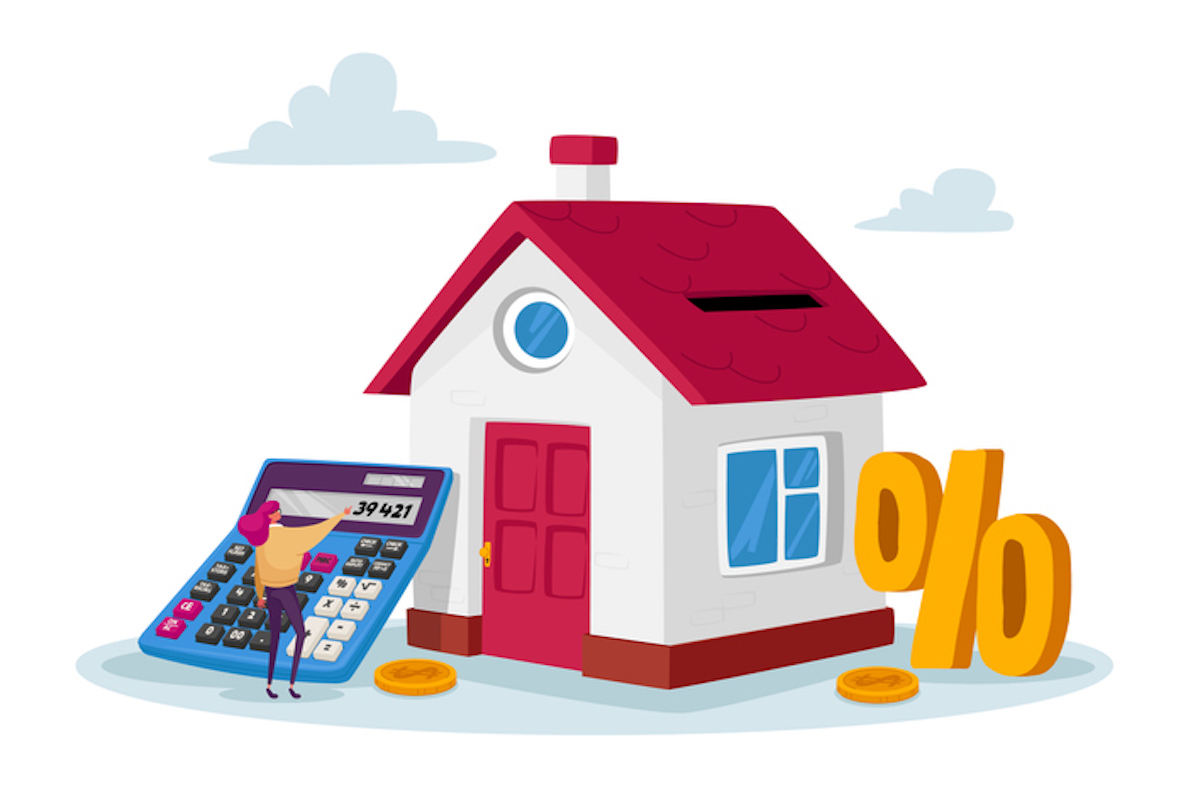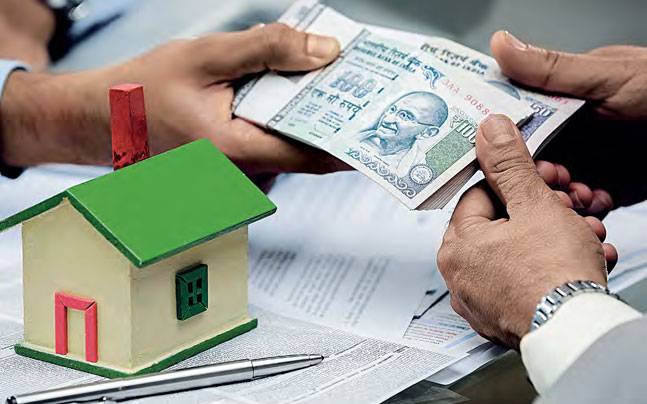Home Loan Interest to Rise: How to Reduce Increasing Costs Through Higher EMI or Prepayment

Home Loan Interest to Rise: How to Reduce Increasing Costs Through Higher EMI or Prepayment
The Reserve Bank of India (RBI) increased the repo rate by 50 basis points in order to battle the nation’s rising inflation. The most recent hike brought the repo rate back to the 5.40 percent pre-epidemic level.
Following a 40 basis point off-cycle rate adjustment in May and a 50 basis point lending rate increase in June, the Indian central bank has increased the repo rate three times in a row since May. Between May and August, the repo rate was raised by 140 basis points.
The Reserve Bank of India charges a repo rate when lending money to banks and other financial entities. It should be emphasized that the retail loans with all-floating rates that banks authorize after October 1, 2019, are correlated to an external benchmark.
Most banks use the repo rate as their external benchmark. As the repo rate rises, the interest rates on personal and mortgage loans will also rise. When bank borrowing costs increase as a result of the repo rate increase, home loans based on the Marginal Cost of Funds-based Lending Rate (MCLR) and Base Rate will become more expensive.
“The RBI’s hike in repo rates will result in higher interest rates for a variety of goods, including house loans, etc. This in turn makes it more difficult for borrowers. As a result, borrowers would experience a financial strain, according to Sujay Das, chief risk officer of Freo.
The quickest transmission of policy rate increases would be seen in home loans and other retail loans tied to repo rates. According to Naveen Kukreja, co-founder and CEO of Paisabazaar, for new variable rate retail loans, the transmission would be speedier.
The precise date that the new house loan and other retail loan customers would get the higher policy rates would depend on when the banks established their rate reset dates following their regulations. Kukreja continued. The borrowers will be charged higher rates starting from their interest reset dates for existing variable rate loans tied to the repo rate.

Following the RBI’s announcement on August 5, several institutions, including HDFC Bank, ICICI Bank, Punjab National Bank (PNB), Bank of Baroda (BoB), and Canara Bank, have already increased their lending rates.
What Should Home Loan Borrowers Do Now?
Existing home loan borrowers can adjust their equivalent monthly payments (EMI) or loan terms to lessen the effect of rising interest rates. It should be noted that choosing the tenure extension option will cost more in interest than choosing the EMI increase option, Kukreja continued.
For example, let’s say you have a 25-year house loan for Rs 30 lakh at a rate of 7.55 percent per year. The EMI is Rs 22,267 per month. The amended interest rate will be 8.05% following the Reserve Bank of India’s most recent rate increase. You would need to pay an EMI of Rs 23,254 at the revised rate. Therefore, your EMI will increase by Rs 987 per month. Throughout the loan, the interest burden will rise by Rs 2.95 lakh.
Nowadays, the majority of banks want to prolong the loan term while maintaining stable EMIs. Therefore, if the loan term is prolonged by 36 months, the interest cost will significantly increase. If the interest rate remains at 7.55 percent and the repayment period is extended by three years, the interest burden will increase by Rs 5.39 lakh.
Prepayment of a Home Loan
Borrowers might wish to consider making a prepayment to reduce the escalating cost of interest. Current homeowners should pay off their loans and, if possible, employ the term reduction option, according to Kukreja, if they have large surpluses. The loan debt will be greatly decreased with regular payments. Borrowers that have fewer liquid assets may opt for the home saver option. Under this arrangement, the borrower may designate a current or savings account as an overdraft account, allowing him to make deposits and withdrawals as required to meet his financial obligations. The amount in the savings or current account is subtracted from the total amount payable on the mortgage to determine the interest component.
Another option is to transfer the money to a lender who charges a fair interest rate. Simply said, eligible clients can transfer their mortgages to a bank that offers lower interest rates than their present lender. Kukreja advised current home loan borrowers who have seen major changes in their credit profiles to look into the possibility of reducing their interest costs through home loan balance transfers.
Remember that there can be additional costs associated with the process of moving the loan balance from one lender to another, including a processing charge or penalty. Therefore, debtors must consider the advantages, disadvantages, and savings before deciding to transfer their debt.
edited and proofread by nikita sharma




